Engineering Services have become the backbone of countless industries, shaping the way we live, work, and innovate. These services encompass a wide array of specialties, each playing a vital role in ensuring the success and safety of various projects. In this article, we will explore the core aspects of engineering services, focusing on Mechanical Engineering and Civil Engineering. We will delve into the essential services they offer, including Mechanical Engineering, Advanced Analysis (FEA and DEM), Drafting, Commercial and Industrial Engineering, Residential Buildings, Vibration Analysis, Design Verification, Structural Engineering, Piping Design, and Design and Fabrication Drawings.
Mechanical Engineering
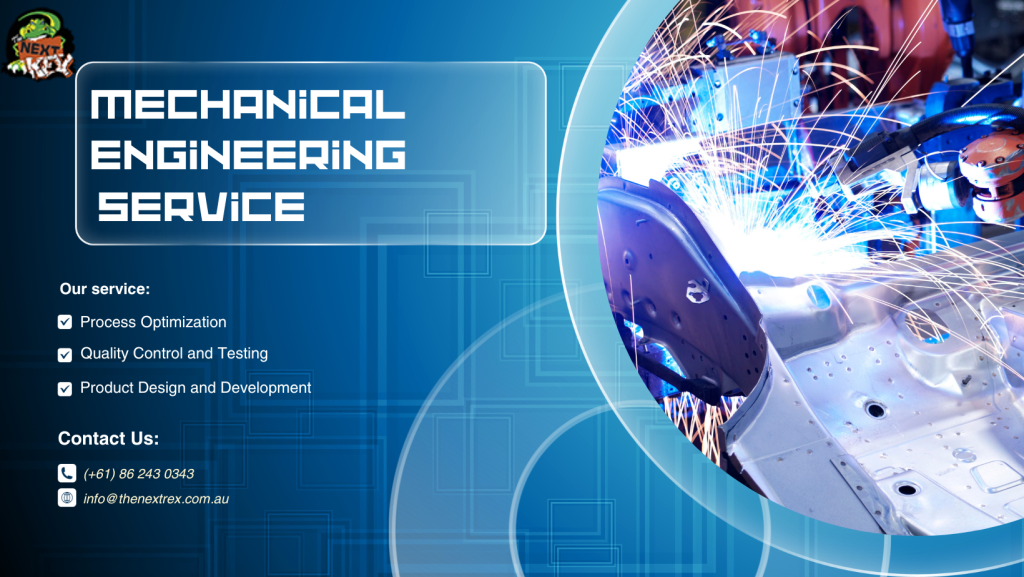
Mechanical engineering is the driving force behind innovation and design, responsible for creating the mechanical systems that power the world. Engineers in this field are responsible for designing, analyzing, and optimizing mechanical systems that are at the heart of countless industries. Their role includes creating everything from power plants and transportation systems to consumer products and more.
One of the key services offered by mechanical engineers is Advanced Analysis, which includes Finite Element Analysis (FEA) and Discrete Element Method (DEM). FEA is a powerful tool that simulates complex mechanical and thermal stresses within a design, helping engineers predict how a product or structure will behave under real-world conditions. On the other hand, DEM is essential for modeling granular materials, such as powders, grains, and particles. It finds applications in various industries, including mining and pharmaceuticals.
Drafting: Translating Concepts into Reality
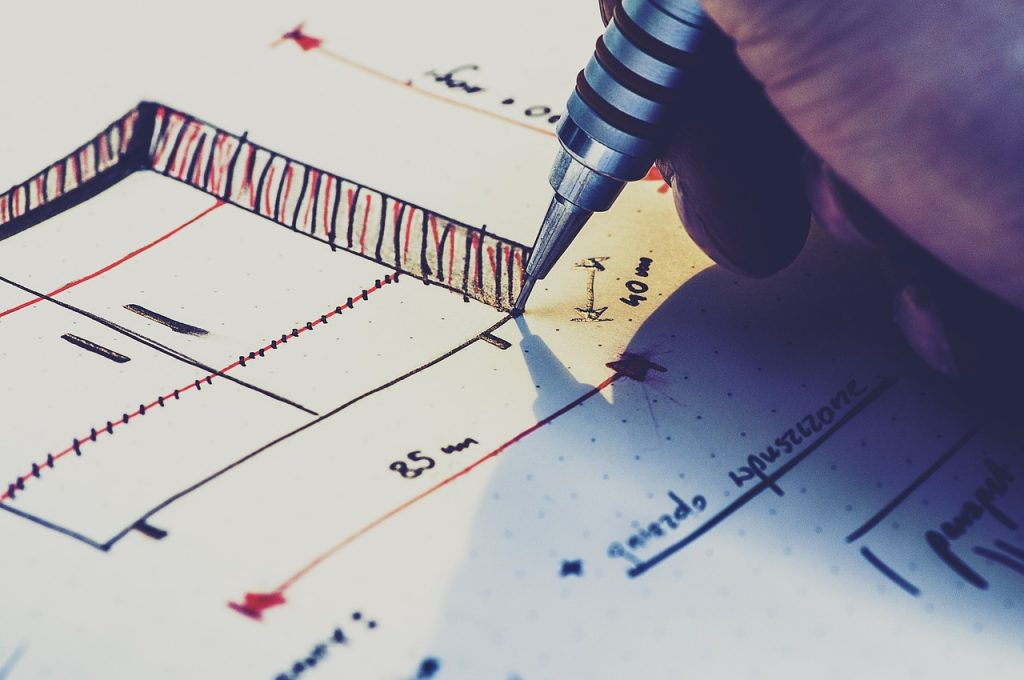
Accurate and detailed Drafting is crucial in the engineering world, serving as the bridge between conceptual designs and practical realization. Skilled drafters use their technical expertise to create precise blueprints, schematics, and 2D/3D models that provide a clear roadmap for construction and manufacturing. These drawings are indispensable for builders, fabricators, and manufacturers, ensuring that projects are executed with precision and efficiency.
Commercial and Industrial Engineering: Powering Business Operations
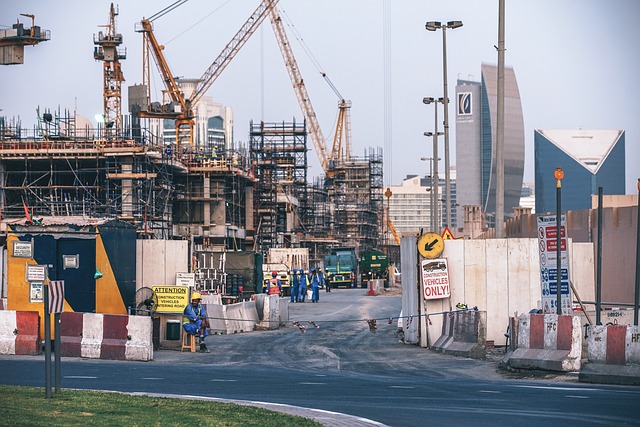
Commercial and industrial engineering plays a pivotal role in optimizing processes, reducing operational costs, and enhancing productivity. Engineers in this field work to streamline and improve the systems and processes in commercial spaces, factories, and manufacturing plants. Their expertise is vital in increasing efficiency and reducing waste in various industries, including manufacturing, logistics, and warehousing.
Residential Buildings: Creating Safe and Comfortable Homes

In the realm of residential construction, engineering services are instrumental in ensuring the safety and comfort of homes. Engineers work closely with architects and builders to design the structural elements of residential buildings, ensuring they meet safety standards and local building codes. They also consider factors like energy efficiency and sustainability to create environmentally responsible homes.
Vibration Analysis: Ensuring Smooth Operation

Vibration analysis is a critical component of mechanical engineering. It involves studying vibrations in machinery and structures to ensure their smooth operation. Engineers use various tools and techniques to analyze and mitigate vibrations, preventing potential issues that could lead to malfunctions or structural failures. Vibration analysis is particularly important in industries like aerospace, automotive, and manufacturing.
Design Verification: Certifying Safety and Quality
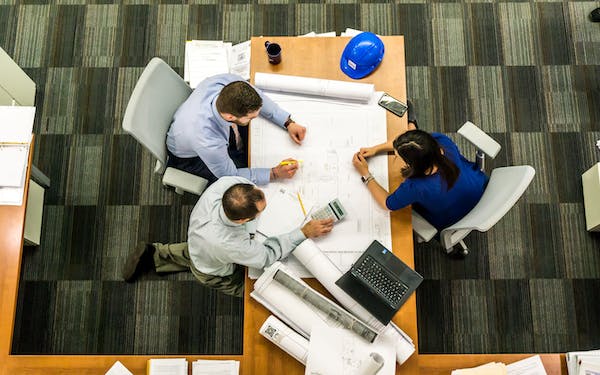
Before any product or structure is put into use, it undergoes rigorous Design Verification to ensure that it meets the required safety and quality standards. Mechanical and civil engineers collaborate to assess the design, conduct testing, and verify that it complies with industry regulations. This process is essential for avoiding potential hazards and ensuring the longevity and performance of engineered products.
Civil Engineering
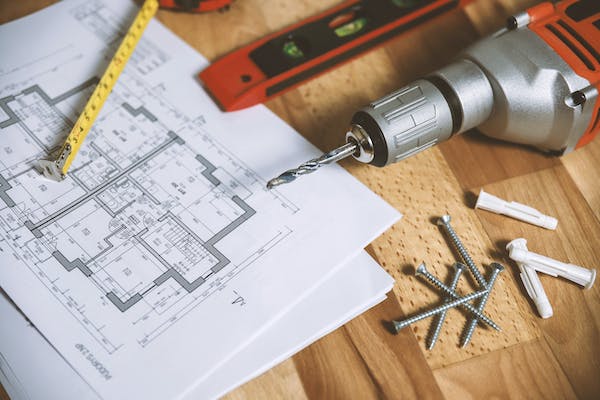
Civil engineering is the cornerstone of infrastructure development, encompassing a wide range of services aimed at designing, constructing, and maintaining the physical and naturally built environment. The services offered by civil engineers are essential for urban planning, transportation, water resources, and environmental sustainability.
Structural Engineering: The Backbone of Infrastructure
Structural engineering is a specialized branch of civil engineering that focuses on the design and analysis of structures. These structures can range from bridges and buildings to dams and towers. Structural engineers ensure that these constructions can withstand various loads, including gravity, wind, earthquakes, and other environmental factors. Their expertise is vital in creating safe and reliable infrastructure.
Piping Design: The Circulatory System of Industries

Piping design is a fundamental aspect of industrial engineering, focusing on creating efficient and reliable systems for transporting fluids and gases. These systems are crucial in various industries, including oil and gas, chemical manufacturing, and water treatment. Piping engineers design layouts, select materials, and ensure that the systems are safe and meet industry standards.
Design and Fabrication Drawings: The Blueprint for Success
Design and fabrication drawings serve as the blueprint for construction and manufacturing projects. These detailed technical drawings provide precise instructions for builders, fabricators, and manufacturers, ensuring that projects are executed accurately and efficiently. They encompass everything from architectural plans to mechanical schematics, ensuring that the final product matches the initial design.
Conclusion:
In a world defined by innovation and progress, engineering services stand as the pillars supporting our society’s infrastructure and technological advancements. Mechanical engineering and civil engineering, with their various specialties, are at the forefront of this remarkable journey, ensuring that every product and structure is designed, analyzed, and realized with precision and safety in mind.
Whether you are embarking on a construction project, developing a new product, or seeking to optimize your industrial operations, the comprehensive engineering services offered in these areas are your key to success. By partnering with experts in these fields, you can ensure that your projects are not only brought to life but also exceed the highest standards of quality and efficiency.
Q1: What is Finite Element Analysis (FEA) in Mechanical Engineering?
A1: Finite Element Analysis (FEA) is a numerical simulation technique used to analyze the behavior of complex mechanical systems. It breaks down a structure into smaller, finite elements to evaluate stress, strain, and deformation under various conditions. FEA helps engineers predict how a product or structure will perform under real-world loads, improving design reliability.
Q2: What is the Discrete Element Method (DEM) in Mechanical Engineering?
A2: The Discrete Element Method (DEM) is a numerical approach to modeling the behavior of granular materials, like powders, grains, and particles. DEM is used in various industries, such as mining, pharmaceuticals, and agriculture, to simulate particle interactions and optimize material handling processes.
Q3: How does Drafting benefit engineering projects?
A3: Drafting is crucial for engineering projects because it transforms complex design concepts into detailed, technical drawings. These drawings provide a clear and visual representation of the project, serving as a guide for builders, manufacturers, and fabricators to ensure precise execution.
Q4: What are the key roles of Commercial and Industrial Engineers?
A4: Commercial and industrial engineers focus on optimizing processes, reducing operational costs, and enhancing productivity in commercial spaces, factories, and manufacturing plants. They are responsible for streamlining operations, improving workflow efficiency, and minimizing waste, which contributes to increased profitability and competitiveness in various industries.
Q5: How do engineers ensure the safety of Residential Buildings?
A5: Engineers working on residential building projects are responsible for designing and evaluating the structural components of these buildings. They do not forget elements like structural integrity, protection codes, strength efficiency, and sustainability to create homes that are not only comfortable but also safe and environmentally responsible.
Q6: What is the significance of Vibration Analysis in engineering?
A6: Vibration analysis is critical for ensuring the smooth operation of machinery and structures. It helps identify potential issues with vibration-induced stress and resonance, which can lead to equipment malfunctions or structural failures. Industries like aerospace, automotive, and manufacturing rely on vibration analysis to maintain the reliability of their systems.
Q7: Why is Design Verification important in engineering?
A7: Design Verification is essential to confirm that a product or structure meets required safety and quality standards. It involves a thorough assessment of the design, testing, and compliance with industry regulations. This process is crucial for avoiding potential hazards and ensuring the longevity and performance of engineered products.
Q8: What are the key roles of Civil Engineers?
A8: Civil engineers are responsible for designing, constructing, and maintaining infrastructure such as roads, bridges, buildings, and water supply systems. They play a crucial role in urban planning, environmental sustainability, and ensuring the safe and efficient movement of people and goods.
Q9: How do Structural Engineers contribute to infrastructure projects?
A9: Structural engineers specialize in designing and analyzing the structural components of buildings, bridges, and other structures. They ensure that these structures can withstand various loads and environmental factors, providing safety and reliability for the built environment.
Q10: What is the role of Piping Design in industrial projects?
A10: Piping design is essential in industrial engineering for creating efficient and reliable systems that transport fluids and gases. Piping engineers design layouts, select appropriate materials and ensure that these systems meet safety standards. They are integral to industries such as oil and gas, chemical manufacturing, and water treatment.
Q11: How do Design and Fabrication Drawings aid in construction and manufacturing?
A11: Design and fabrication drawings serve as detailed blueprints that provide precise instructions for builders, fabricators, and manufacturers. They ensure that projects are executed accurately and efficiently, helping to bridge the gap between design concepts and practical realization.
These FAQs aim to provide a better understanding of the various engineering services and their significance in different industries, offering valuable insights for those seeking to engage with engineering professionals or embark on engineering projects.

